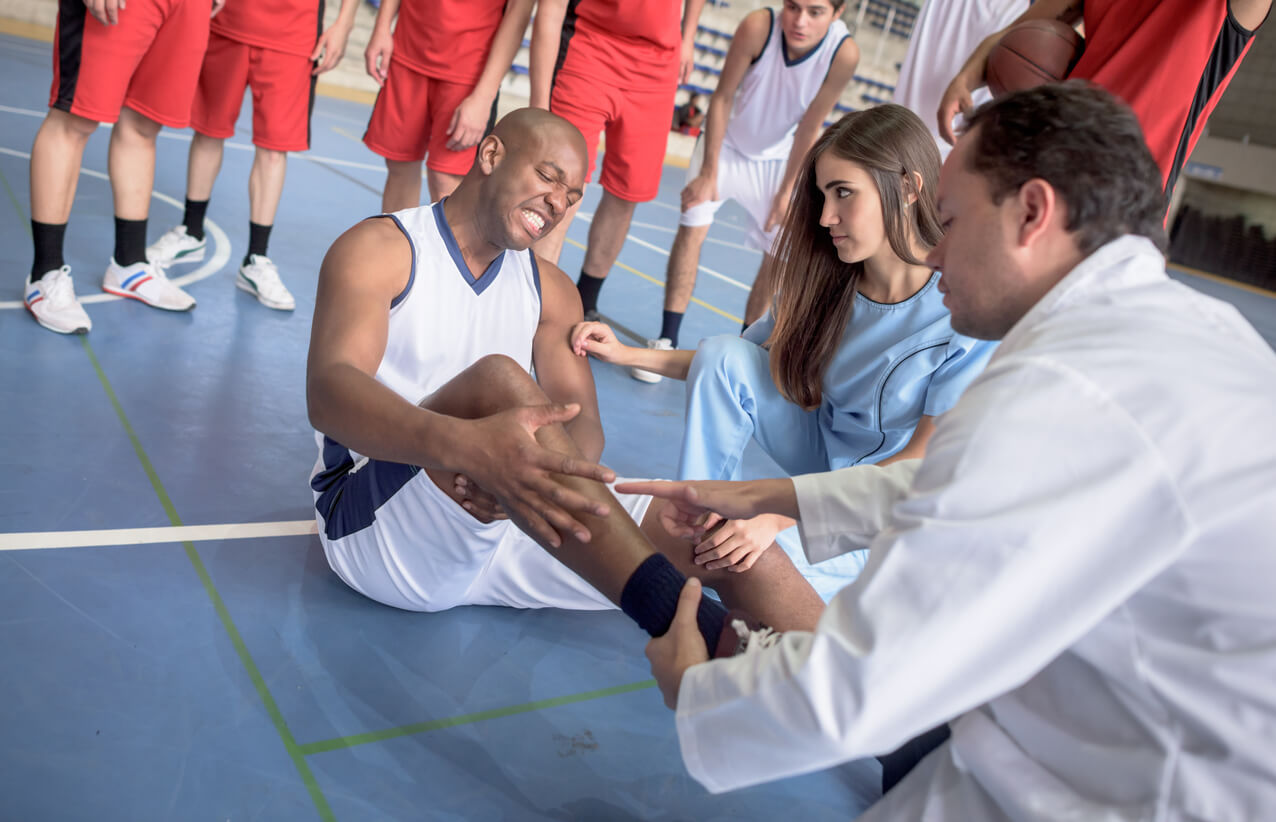
In the dynamic world of sports, where every second counts and every move matters, the health and safety of athletes take precedence. This is where pre-participation physical exams (PPE) play a pivotal role. Often overlooked in the rush of excitement and competition, these exams are more than just a formality. They are an important step in ensuring that athletes are ready for the challenges ahead.
Let us explore the importance of PPEs and how they contribute to a safer and more efficient sporting environment.
Early Detection of Health Issues
One of the primary benefits of PPEs is the early detection of underlying health conditions that might be unknown to the athlete.
Conditions such as undiagnosed heart problems, asthma, or joint vulnerabilities can become life-threatening if aggravated by strenuous exercise. Early detection through pre-participation physical exams allows for:
- Timely intervention
- Prompt treatment
- Modification in training routines
This helps protect athletes from severe health complications.
Tailored Fitness and Training Recommendations
PPEs provide valuable insights into an athlete’s physical strengths and weaknesses. This information is crucial for coaches and trainers to tailor fitness programs that:
- Cater to the specific needs of the athlete
- Enhance their overall performance
- Reduce the risk of injuries caused by overtraining or incorrect training methods
Baseline for Future Assessments
PPEs offer a baseline health status of the athlete, which can be critical in the event of future injuries or health issues.
A well-documented medical history allows healthcare providers to assess changes or developments in the athlete’s health more accurately over time.
Promoting Safe Participation
Safety is paramount in any sport, and PPEs ensure that athletes participate in a manner that is safe for them. This is especially important for youth athletes whose bodies are still developing.
PPEs can help identify conditions that might predispose young athletes to injuries, like growth plate issues in adolescents.
Compliance with Sports Regulations
Many sports leagues and schools require PPEs as part of their eligibility criteria. This ensures that all participating athletes meet a standard level of health and fitness, thus:
- Promoting fair play
- Reducing the risk of health-related incidents during events
Educating Athletes on Health and Wellness
PPEs also serve as an educational tool, providing athletes with an understanding of their own bodies and the importance of health in relation to sports performance.
This empowers athletes to make informed decisions about their training, nutrition, and overall well-being.
Psychological Assurance
Lastly, the reassurance that comes from passing a PPE can boost an athlete’s confidence.
Knowing that they are physically fit to compete can have a positive impact on their mental state, which is a critical aspect of athletic performance.
Understanding the Components of PPE
PPEs comprise several key components, each designed to thoroughly evaluate an athlete’s readiness for participation in sports.
Understanding these components is crucial for both healthcare providers conducting the exams and athletes undergoing them.
Medical History Review
The first and perhaps most critical component of a PPE is a comprehensive review of the athlete’s medical history. This review typically includes questions about:
- Past medical conditions
- Family medical history
- Previous injuries
- Medication and allergies
- Lifestyle habits
Physical Examination
Following the medical history review, a physical examination is conducted to assess the athlete’s current health status. Key areas of focus include:
- General health check
- Cardiovascular examination:
- Musculoskeletal assessment
- Neurological function
- Dermatological check
Fitness Assessment
This component evaluates the athlete’s physical fitness level, which is crucial for understanding their capability to participate in sports safely. It may include:
- Cardiorespiratory fitness
- Strength and endurance
- Flexibility
- Body composition
Specialized Assessments
Depending on the sport and the athlete’s history, additional specialized assessments might be conducted:
- Concussion baseline testing
- Vision and hearing tests
- Sport-specific evaluations
Risk Stratification
Based on the findings from these assessments, healthcare providers can stratify athletes into different risk categories.
This helps identify those who may require further evaluation, restrictions on their sports participation, or specific interventions to safely engage in their sport.
Education and Counseling
Finally, PPEs often include a component of education and counseling.
Here, healthcare providers discuss with athletes (and often their parents or guardians) the importance of:
- Proper nutrition
- Adequate rest
- Injury prevention strategies
- Safe training practices
By encompassing these comprehensive components, PPEs ensure a holistic evaluation of an athlete’s health, fitness, and readiness for sports participation.
This detailed approach not only helps safeguard athletes from potential health risks but also aids in optimizing their performance in their chosen sports.
The Best Sports Medicine Doctor in Austin, TX
Pre-participation physical exams are not just a requirement but a fundamental aspect of sports medicine that ensures the health and safety of athletes. By meticulously evaluating an athlete’s medical history, physical health, and fitness level, PPEs play an important role in preventing injuries, enhancing performance, and providing peace of mind for athletes and their loved ones. Educating athletes, coaches, and parents about PPEs cannot be overstated.
If you are searching for the best sports medicine doctor in Austin, TX, look no further than All-Star Orthopedics of Austin. Under Dr. Carolyn M. Hyde’s comprehensive care, you can rest assured you will receive the services you deserve. Call us today at (512) 346-4933 or submit an online appointment request form to schedule a visit with the best orthopedic surgeon near you.
We look forward to serving you!





